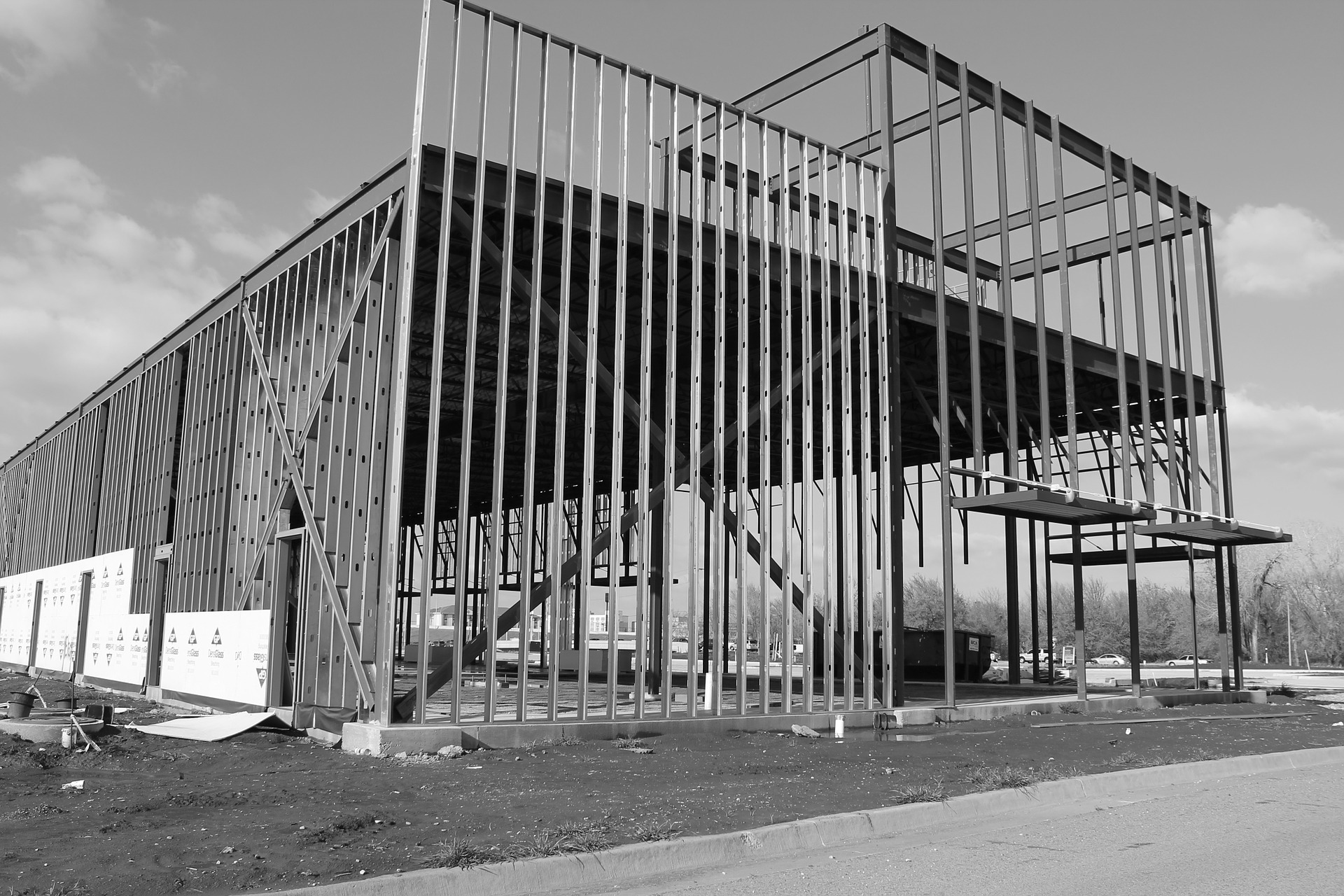
Load-bearing, cold-formed steel roof framing members shall comply with Figure R804.2.3(1) and with the dimensional and thickness requirements specified in Table R804.2.3. Cold-formed steel starts with the production of raw steel, which is made by combining iron ore or steel scrap with small amounts of carbon in a Basic Oxygen. Cold-formed steel framing members can be formed from a wide range of material thickness that enables them to meet the requirements of nearly all structural and non-structural applications.
A repetitive system is one of at least three members that are spaced not farther apart than 24-inches. Steel framing members are formed in a process called roll forming by passing sheet steel throughTypical light-frame wood construction consists of floor, roof, and wall systems, each with repetitive members connected by sheathing. Currently, however, the bending strength of cold-formed steel repetitive members is not permitted to be increased, even though the method of framing is quite similar to that of wood except for the material properties.WhAT IS COLD-FORMED STEEL FRAMING Cold-formed steel framing is sheet steel that is formed into shapes and sizes that are similar to what builders are accustomed to seeing in dimensional lumber ( x4, x6, x8, x10, x1 , and so forth). For wood framed structures with repetitive members, a repetitive member factor increases the allowable bending stress from 1.00 to 1.50 times the reference design value, depending on both the type of material and the type of load.
Composite action is a result of T-beam-like action between the repetitive member and connected sheathing, but is limited by nail slippage in the connection. Additionally, the connected sheathing increases the bending capacity of bending members due to both composite action and load sharing. The behavior of the individual members, then, is affected by inclusion into this system.



 0 kommentar(er)
0 kommentar(er)
